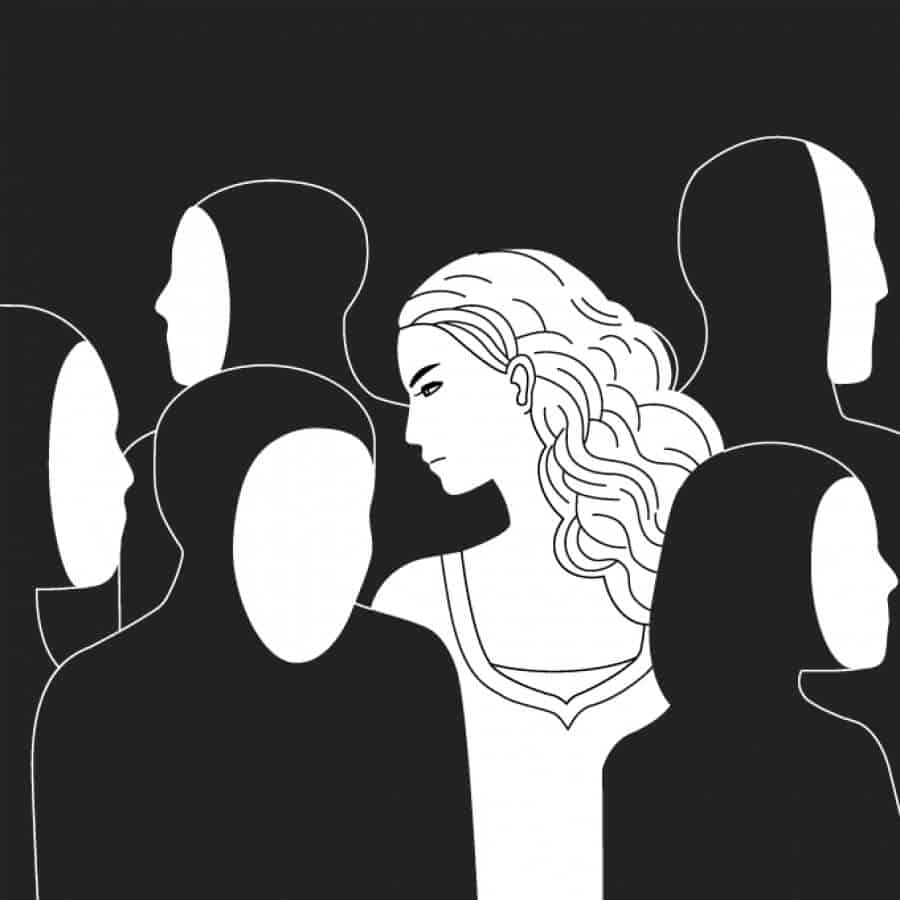Many years back in two neighbouring villages in the U.S. researchers were baffled that despite the comparatively unhealthy diet those living in that particular village, suffered less heart problems and other health problems than the village next door. After years of research and studying many habits of the inhabitants of the two villages the researchers came to the conclusion that in one village lived the descendants of the Dutch and the other village was inhabited mainly by the descendants of Italians. The Dutch were relatively much less interwoven as a community than the Italians who traditionally live closely knit with their neighbours, relatives and family. So despite the pasta and cheeses, Italians lived longer because they were surrounded by people.
I can vouch for the interwoven lifestyle of the Italians. While visiting a friend in the south of Italy some years back I was pleasantly and refreshingly amused that in the apartment building, lived families and friends who at all times during the day kept their doors open and walked into each others’ apartments just like that and chit chatted or even helped each other borrowing things like milk and eggs.
Fast forward to the present times and research shows, loneliness has begun to affect the young adults so intensely that the prime minister of the U.K. decided to set up a special ministry to oversee the problems and come up with possible solutions. Loneliness is affecting the mental health of the young and thus their physical health as well.
In the U.K. alone, according to the Office of the National Statistics more than nine million people feel lonely either often or always, while about 200,000 older people have not had a conversation with a friend or a relative in more than a month. According to their report 5 percent of those 16 years and older in England reported feeling lonely often or all the time, 16 percent felt lonely some of the time and 24 percent occasionally. The numbers from this one country alone are staggering.
Results from the Office of the National Statistics
It was previously thought that it was the older generation that was lonely. This theory has been, to an extent, debunked by the Intergenerational Foundation. Their study found that 18 to 34 year olds were more likely to feel lonely than the over 55 age group and often worry about feeling alone or feel depressed because of loneliness and the problem is amplified due to the social media which also contributes to the feeling of inadequacy.
Another major research suggests there is increased morbidity and mortality due to loneliness.
It’s time for young adults to get their act together and start mingling for real rather than remain stuck to the social media and their virtual friends.
Photos: Shutterstock / Graphic Design: Martina Advaney
Support us!
All your donations will be used to pay the magazine’s journalists and to support the ongoing costs of maintaining the site.
Share this post
Interested in co-operating with us?
We are open to co-operation from writers and businesses alike. You can reach us on our email at [email protected]/[email protected] and we will get back to you as quick as we can.









